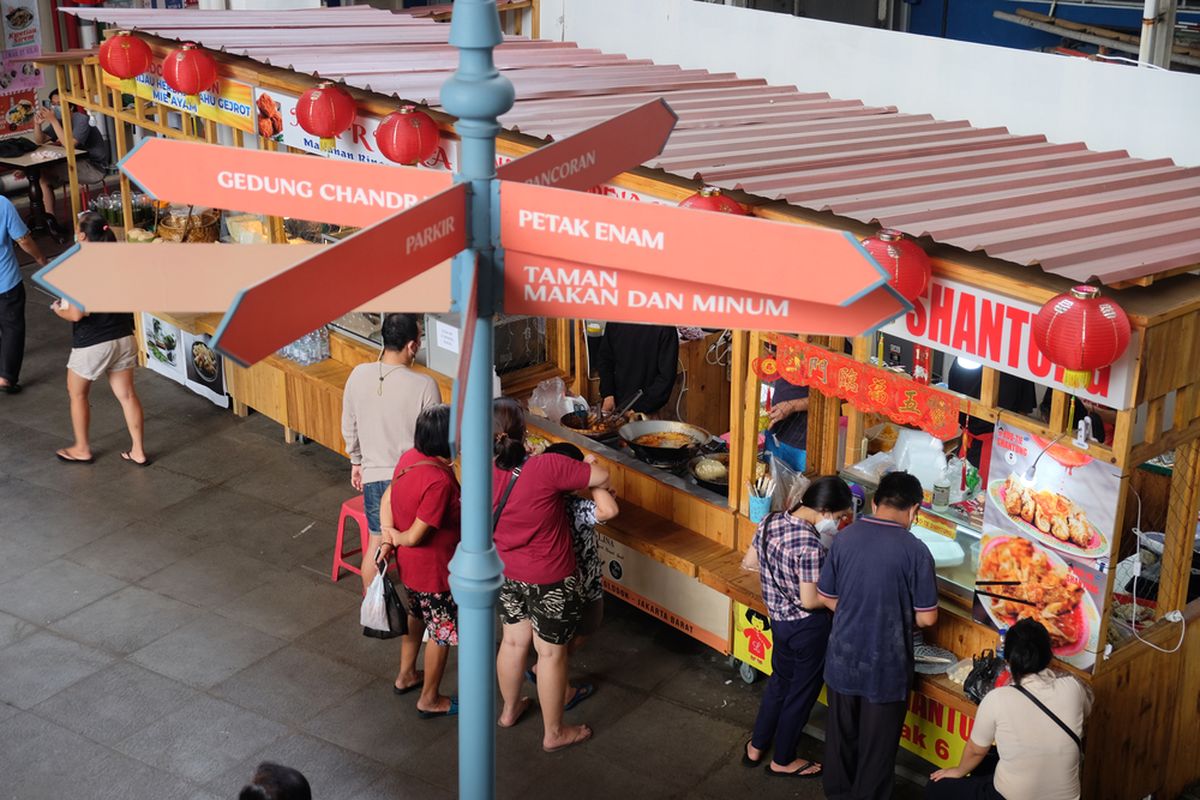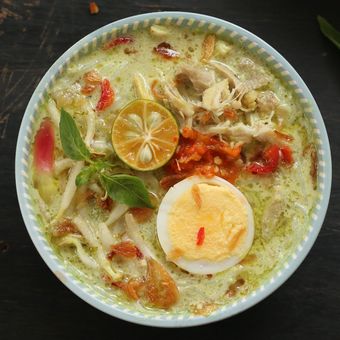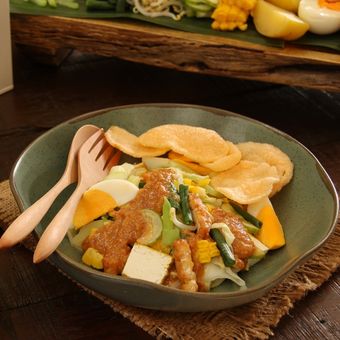
KOMPAS.com - Chinese Indonesians, who are usually atheist, Christian, Buddhist, or follow Confucianism, make up less than 5 percent of the 260 million people in the world’s largest Muslim-majority country.
Many of these ethnic Chinese have lived in Indonesia for generations. The majority are of mixed (Peranakan) heritage, do not speak Chinese, and have Indonesian surnames.
Today, anyone who was born an Indonesian citizen — and never held citizenship in another country over the age of 18 — is officially considered to be Indonesian.
Throughout the years, however, ethnic tensions still flared between minority and majority groups.
In 2017, Basuki Tjahaja Purnama, the former governor of Jakarta was jailed for blasphemy.
Purnama, a Christian, was Jakarta’s first non-Muslim governor in 50 years. His conviction sparked protests on both sides of the issue. He was released early in 2019.
Despite the occasional flare-ups, there has always been one sure place where the two cultures have mixed in near-perfect harmony — the kitchen.
Discovering harmony through food
The thriving capital of Jakarta is home to about 10.5 million people from various ethnic backgrounds.
Besides the local ethnic group, known as the Betawi, traders, and migrants from Java, China, Europe, North Africa, and the Middle East all made their marks on the city as early as the 15th century.
Intermarriage with Indonesians resulted in the development of distinct dialects, customs, and cuisines.
“Our society was historically very open to new cultures,” Agni Malagina, a sinologist, and expert on the Chinese community in Indonesia told DW.
The Chinese came to Indonesia not only for trade but also to strengthen the relationship between the two regions, Malagina said.
In the early days, the Chinese and the Betawi people in Jakarta — then known as “Batavia” — lived in harmony, she added. And food played an important role.
The Chinese and the Betawi, as well as many other ethnic groups, came to accept each other's traditional foods as part of their own culinary identity, Malagina said.
One of those foods is a beloved salad dish known as gado-gado. The dish, which includes ingredients such as tofu, peanuts, and garlic, was brought to Batavia by Chinese immigrants during the 15th century.
Soy sauce, another Chinese ingredient, also eventually became a staple in Betawi food. As did peanuts, which were brought to old Jakarta by Chinese immigrants in 1755.
Indonesian cuisine is “no longer Chinese food or Indian food or Javanese food, it’s about togetherness,” Malagina explains.
Laksa Betawi, a cultural heritage
 An illustration of Laksa Betawi
An illustration of Laksa BetawiIndonesian food consultant Heni Pridia says dietary acculturation is particularly noticeable in the ingredients of Betawi dishes. Laksa Betawi, for example, is a coconut milk-based dish combined with noodles — a staple in Chinese cuisine.
“Since coconut milk and some local spices were easily available, they [the Chinese] tried to combine it with their own comfort and familiar food such as noodles,” Pridia told DW. “As time went by, locals remade the dish and called it laksa Betawi.”
Fadly Rahman, a historian, and lecturer from Padjajaran University in West Java Province says an ancient inscription found in the city with the words hang laksa — meaning “people who sell laksa” — can be traced back to the 15th century.
Back then, many Chinese immigrants sold the coconut noodle dish to earn a living in their new home city, Rahman explained.
Laksa Betawi undoubtedly became one of the most popular dishes in old Jakarta society, he told DW, citing cookbooks from Indonesia’s colonial era.
Not much has changed since then, it seems. The Jakarta government has listed some 20 beloved Betawi dishes as part of its cultural heritage — among them laksa Betawi.
Other cherished dishes selected to reflect the city’s multicultural identity include pecak mujair (a deep-fried fish served with aromatic sauce) and sayur besan (noodles in coconut milk soup with sugarcane blossom).
Preserving Betawi cuisine
 An illustration of gado-gado, the betawi version of salad with peanut sauce and crackers.
An illustration of gado-gado, the betawi version of salad with peanut sauce and crackers. It’s not so easy to find Betawi cuisine in the capital these days. Complex recipes, long cooking hours, and rare ingredients mean dishes like sayur besan are slowly fading away and replaced with fast foods and street food.
But there are still a few Betawi family-run eateries remaining in Jakarta. One of them is Suhaer Be’eng, owner of a small Betawi restaurant in Depok, southern Jakarta.
“Most dishes in the restaurant are inherited from our grandparents,” Yusri Khoiriyah, Be’eng’s daughter, told DW.
Every day, Khoiriyah starts her day just before dawn to prepare a number of Betawi dishes.
One of her family specialties includes sayur besan, a dish originally reserved for Betawi weddings and engagement parties. Sugarcane blossom, one of its key ingredients, is becoming increasingly expensive and hard to find.
Ahmad Syihabbudin, the owner of the Laksa Betawi Asirot restaurant in south Jakarta, says he still uses his grandmother’s recipe from 1972.
His main challenge is to maintain the taste and quality of his dishes.
“The most complicated part is during the spice mixing process, it feels like we almost use all kinds of spices,” he told DW. “For the rice cake itself, I need about 12 hours to boil it.”
Syihabbudin starts cooking every day at 3 a.m. so that his dishes are ready for sale at around 9 am.
Just like culinary acculturation, good, hearty dishes cannot be rushed.
“From culinary, we can learn the long history of acculturation. It was an extraordinary process because people from all sides understood and adapted to each other,” sinologist Malagina says.
“Indonesian spices are rich, and foods are diverse because of many influences from the outside.”
Simak breaking news dan berita pilihan kami langsung di ponselmu. Pilih saluran andalanmu akses berita Kompas.com WhatsApp Channel : https://www.whatsapp.com/channel/0029VaFPbedBPzjZrk13HO3D. Pastikan kamu sudah install aplikasi WhatsApp ya.
































